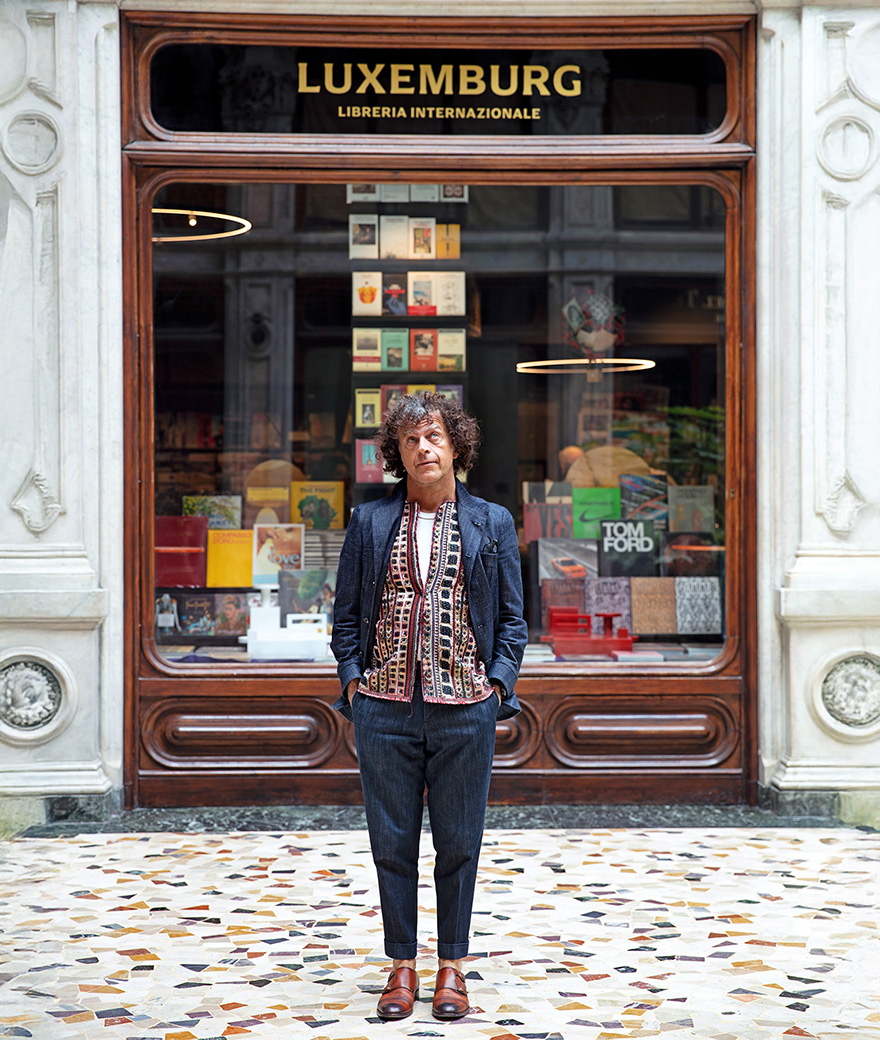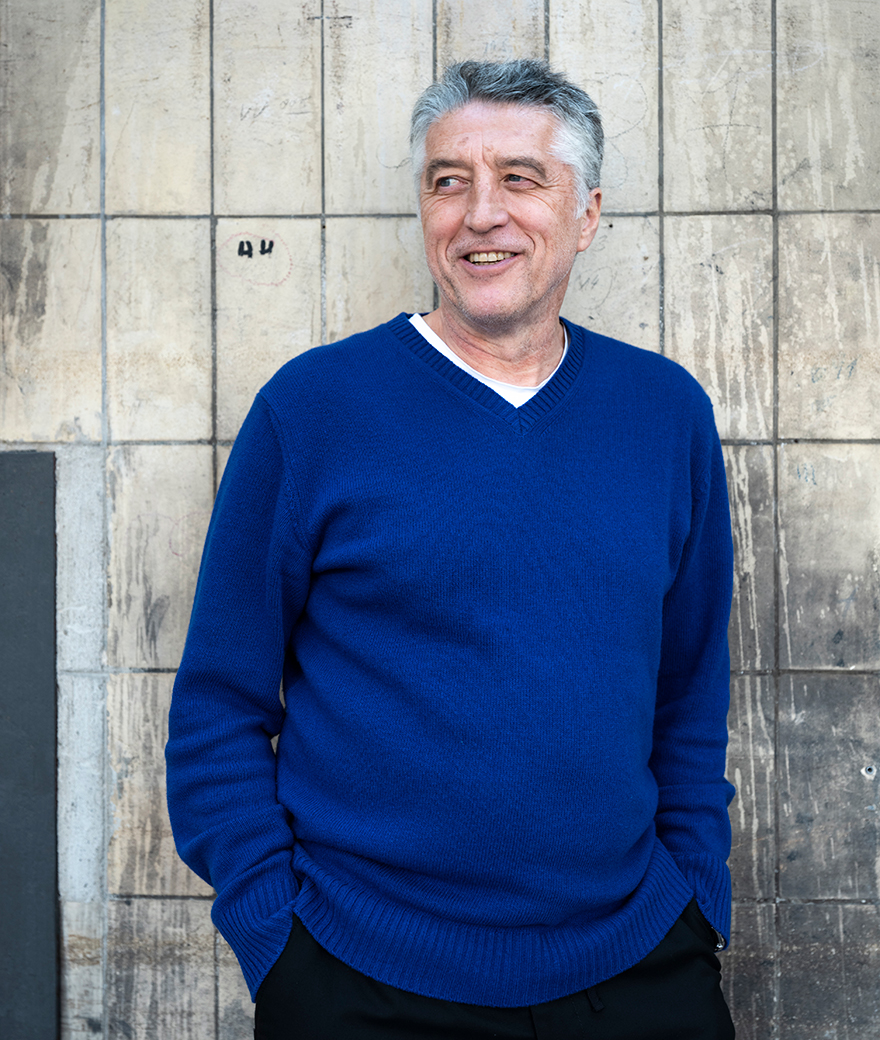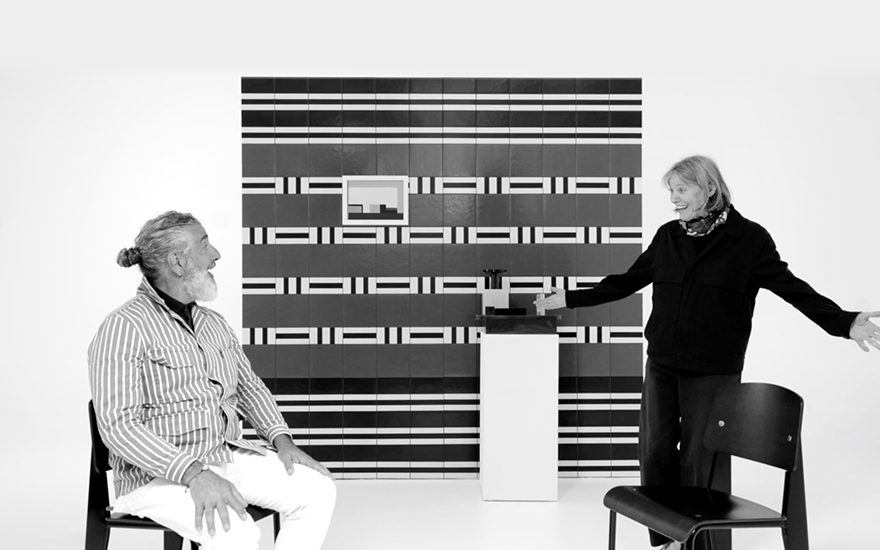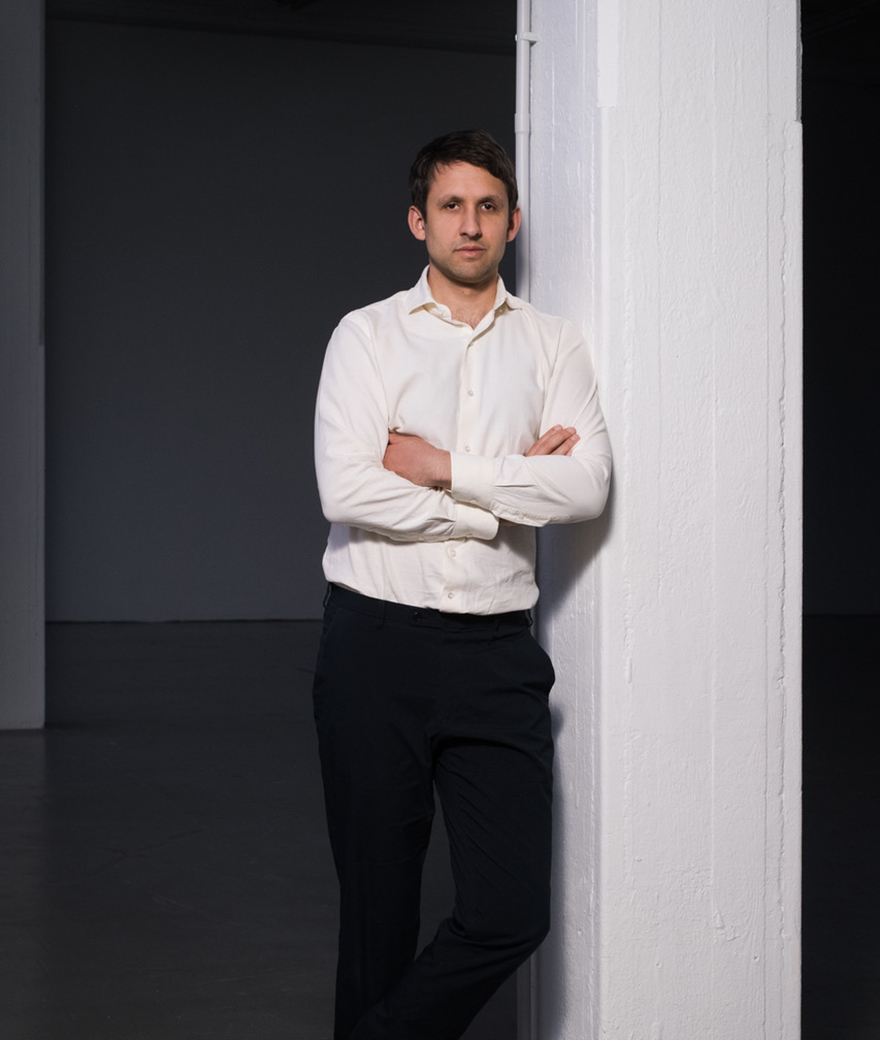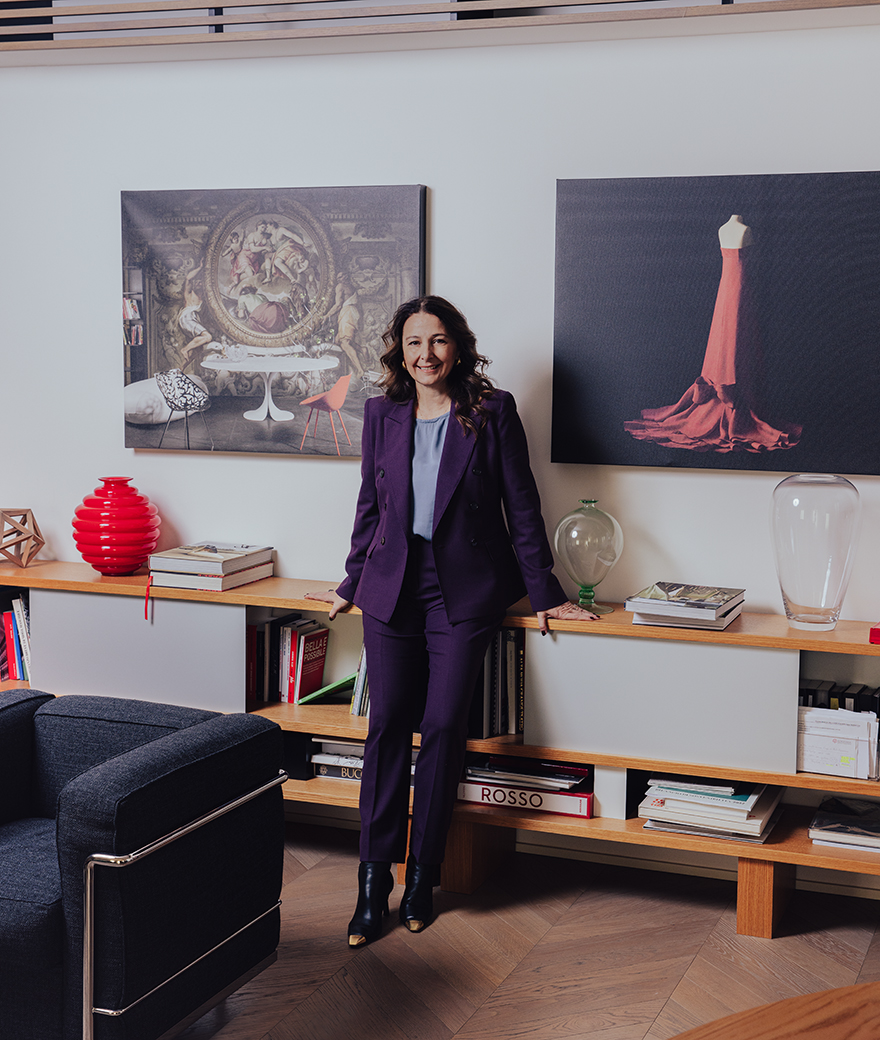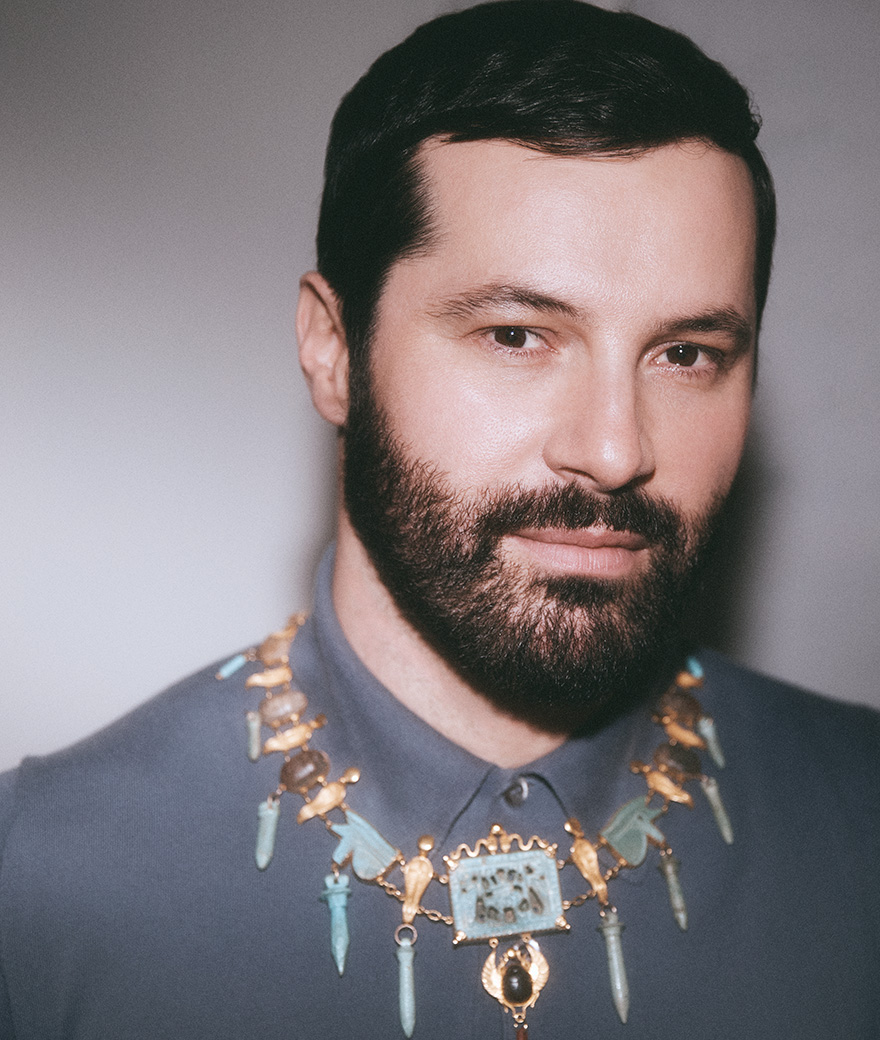Rome Quadriennale: a talk with Sarah Cosulich
Before being asked to curate the 2020 Art Quadriennale with Stefano Collicelli Cagol, your last assignment has been that of director of Artissima. How did this previous experience influence you?
I feel as if I’ve lived the whole range of experiences provided by the art world… Having worked as a curator, directing a fair as Artissima has been challenging. I missed having a close contact with artists, but I’ve learned a lot about vision and strategy. I understand even more how much is important the identity of a project, to analyze its context and recognize its specificity, wether it’s a place, a programme or a mission. It helped me thinking about how to contribute in a propositive way in the promotion of Italian art at the Quadriennale, starting with young artists, creating initiatives for dialogue and exchange, also abroad.
The Rome Quadriennale has come to its 17th edition. How did it develope throughout time and what are its aims nowadays?
Quadriennale is an historical exhibition with an important past, the first one took place in 1931. For many years, there have bene memorable editions with the contribution of both artists and architects, designing beautiful set-ups and displays. Traditionally, it has always been a fair with several curators or judges and hundreds of participants, showing mostly individual works. As time passed it developed and, especially this year, me and Stefano decided to do something that would have represented artists to the fullest. After a long research that involved other parallel initiatives, we selected a lower amount of artists – they’re 43 – with the aim of letting their creativity to emerge at its best thanks to monographic halls, new projects or specific dialogues between them. We think that this may be a good method to raise the profile of Italian art and to bring more international acknowledgment about the Rome Quadriennale.
The title, FUORI, invites to take an unconventional angle and stance. So, what are the values on which this new edition is based on and how does this encouragement to depart from traditional schemes is reflected by the programme?
Out of head, out of place, out of the game, art has the responsibility to rethink about it in comparison to reality, also obliquely, and great artists managed to do that by breaking out of the traditional patterns. Many Italian pioneering artists didn’t gain immediate recognition because they didn’t fit into a clear category… of gender, medium, discipline. They inspired the exhibition, we’ve been looking at artists working at the edges between visual art and theatre, music, dance, cinema, design, as well as at the relationship with the project, the glam, the desire seen as the artist’s obsession and as an erotic impulse in the creation of an artwork. There are feminist approaches, but also feminine and queer, in order to also emphasise how imaginaries may be influenced by the identity.
How did the selection of the participating artists develop? What were the decisive criteria?
Research, meetings, studio visits, Q-Rated workshops in Italy and Q-International abroad have been essential to nurture the exhibition. It’s a curated project, a tour that aims at guiding the visitor through a possible new interpretation of Italian art. We selected some less known (or recognised) pioneers and a majority of young artists, to tell a vision out of the schemes, which we consider fundamental. We think there is a space to open up to past artistic approaches that can create a different context, also for the interpretation of contemporaneity, to promote a more multidisciplinary, feminine or oblique image of Italian art.
Out of your head, out of place, out of the game, art has the responsibility to rethink about it in comparison to reality, also obliquely, and great artists managed to do that by breaking out of the traditional patterns.
What do Q-Rated project and all its declinations consist of?
Q-Rated workshops made us realise that there are a lot of interesting, smart, educated, curious and enterprising young Italian artists and curators, benefiting from a continuous exchange and a sense of community. It has been really pleasing to work together, getting to know and introducing them to important international colleagues, collecting and disseminating their portfolios, as well as assisting to the connections established by themselves and to the future projects that will develop from this dialogue.
What are the main features of young Italian contemporary artists’ work and why, based on your experience, it’s still difficult for them to emerge on the national scene?
The concept of nationality itself should be addressed with a new look. In Italy there are foreign artists who are actually Italian, many Italian people move or live abroad, many Italians are children of immigrants, Italianness is not so strict anymore. I prefer to consider the imaginaries that characterise the young generation, which often seems to be influenced by similar tendencies in the eyes of us curators: the elimination of time in favour of worlds that unite past and future, the encounter between organic and inorganic, human and animal, the terrifying yet sublime, the idea of the inexpressible as a parallel reality to that of technology, traditionally expressed also through painting and sculpture. FUORI will let them emerge.
What do you see for the future of art in Italy?
We are living in a difficult time and it’s really hard to make predictions. Italy, just like other counters, will have to face major changes and primal concerns. I only wish that we can continue to see culture as a fundamental nourishment and as a source of hope and energy for the future. As for the rest, everyone can play his part by pursuing his creative work coherently, standing up for art and artists with vision, perseverance and consistency.
The concept of nationality itself should be addressed with a new look. In Italy there are foreign artists who are actually Italian, many Italian people move or live abroad, many Italians are children of immigrants, Italianness is not so strict anymore.

